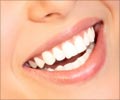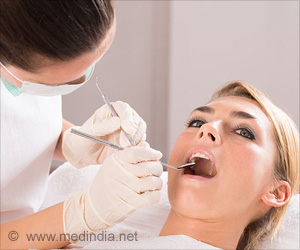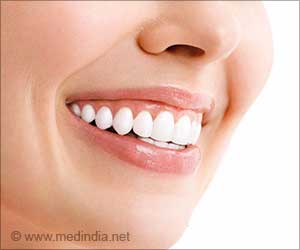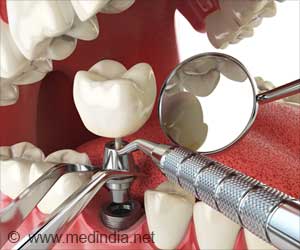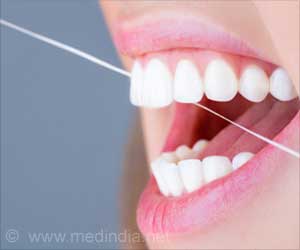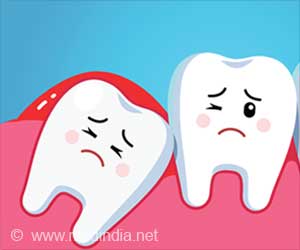Imagine driving hours for a basic dental cleaning or waiting days to treat a toothache. For 1.7M Americans, this is their reality.

Dental Clinic Deserts in the US: Spatial Accessibility Analysis
Go to source).
‘Nearly 24.7 million Americans live in "dental deserts" with few or no dentists. Access to dental care is a major health crisis. #dentalhealth #healthcareaccess #medindia
’





Rural Areas Face a Severe Shortage of Dentists
The study, led by researchers at Harvard School of Dental Medicine, provides a detailed national map of dental care accessibility. Using advanced methods to assess availability and demand, the researchers identified specific neighborhoods, known as block groups, where dental services are scarce. This data offers a much clearer picture of access issues compared to previous studies.In rural regions, there is just one dentist for every 3,850 people. By contrast, urban areas have a much better ratio, with one dentist for every 1,470 people. Alaska, Montana, and North Dakota have the highest percentage of residents living in dental deserts.
In Alaska, 10.4% of the population lacks access to nearby dental care. Four states—Connecticut, Delaware, Indiana, and New Jersey—as well as Washington, D.C., reported no significant shortages.
Dental Care Disparities in Underserved Communities
These shortages don’t just affect where you live but also who you are. The study revealed that in rural areas, predominantly white populations are more likely to live without dental access, while in urban areas, Hispanic and Black populations face shortages due to poverty and segregation. Many people in these areas are uninsured, making it even harder to get care.Lack of dental care isn’t just a minor inconvenience—it can lead to serious health problems. Untreated tooth decay or gum disease can result in pain, infections, and even complications like heart disease or diabetes. “When people can’t access routine care, they often delay treatment until it becomes an emergency,” said lead researcher Hawazin Elani.
Advertisement
The researchers hope their findings can lead to better workforce planning, such as offering incentives for dentists to work in underserved areas or expanding community dental clinics. “We want this data to drive change and reduce these disparities,” Elani said.
Advertisement
Reference:
- Dental Clinic Deserts in the US: Spatial Accessibility Analysis - (https://jamanetwork.com/journals/jamanetworkopen/fullarticle/2828397)
Source-Medindia


